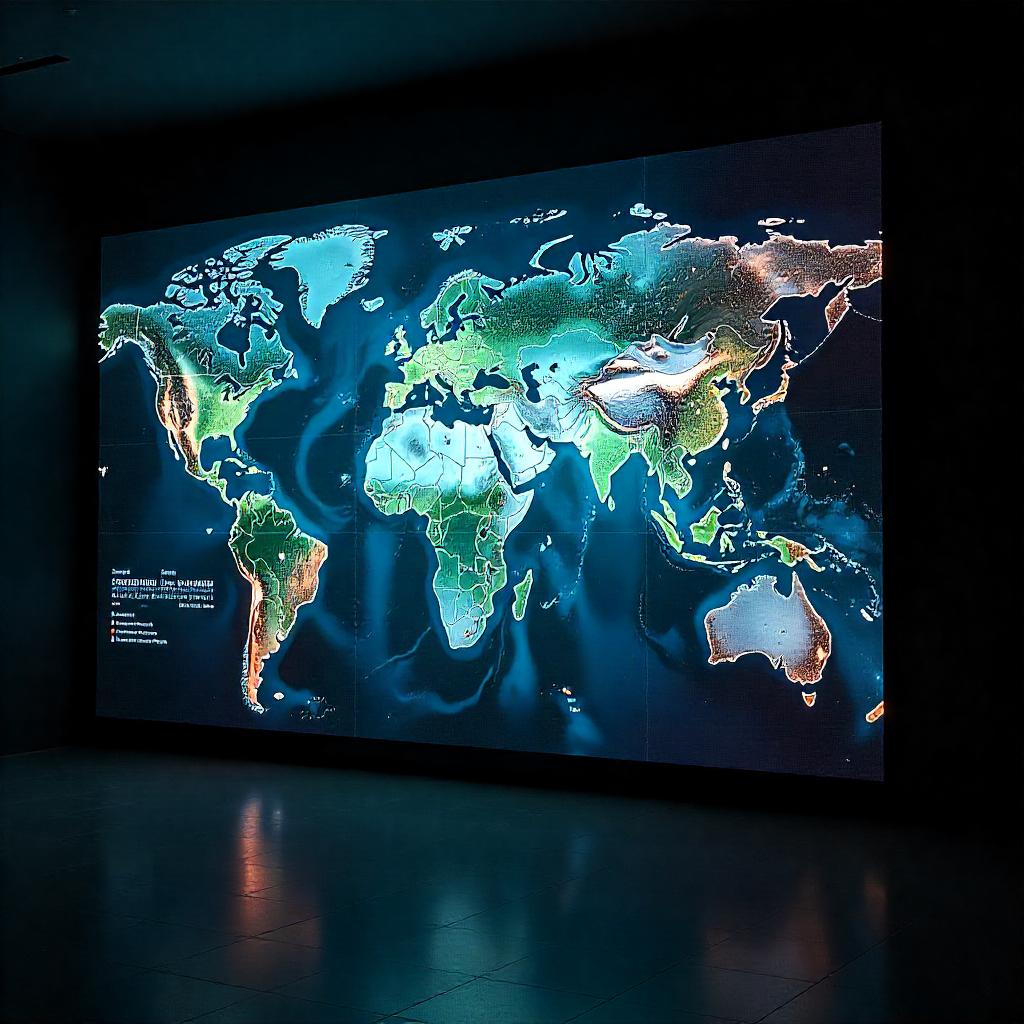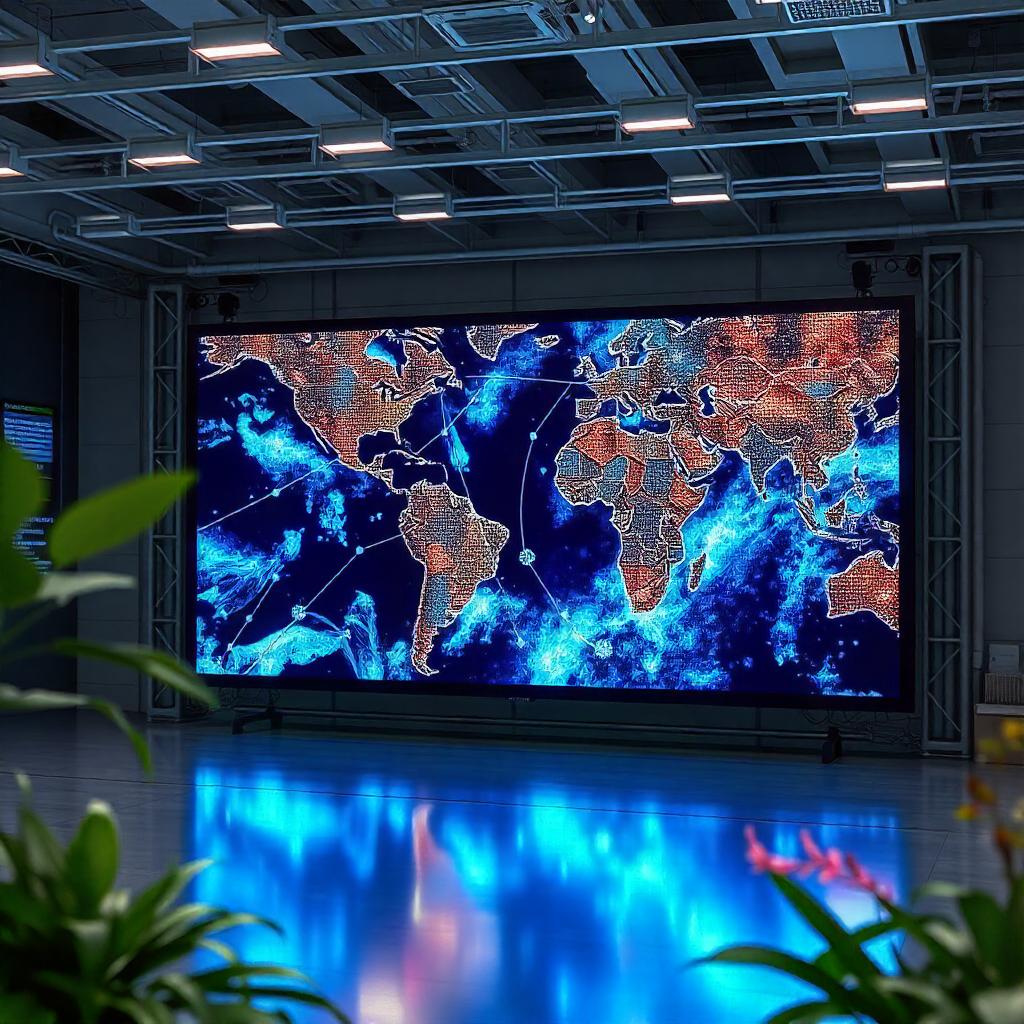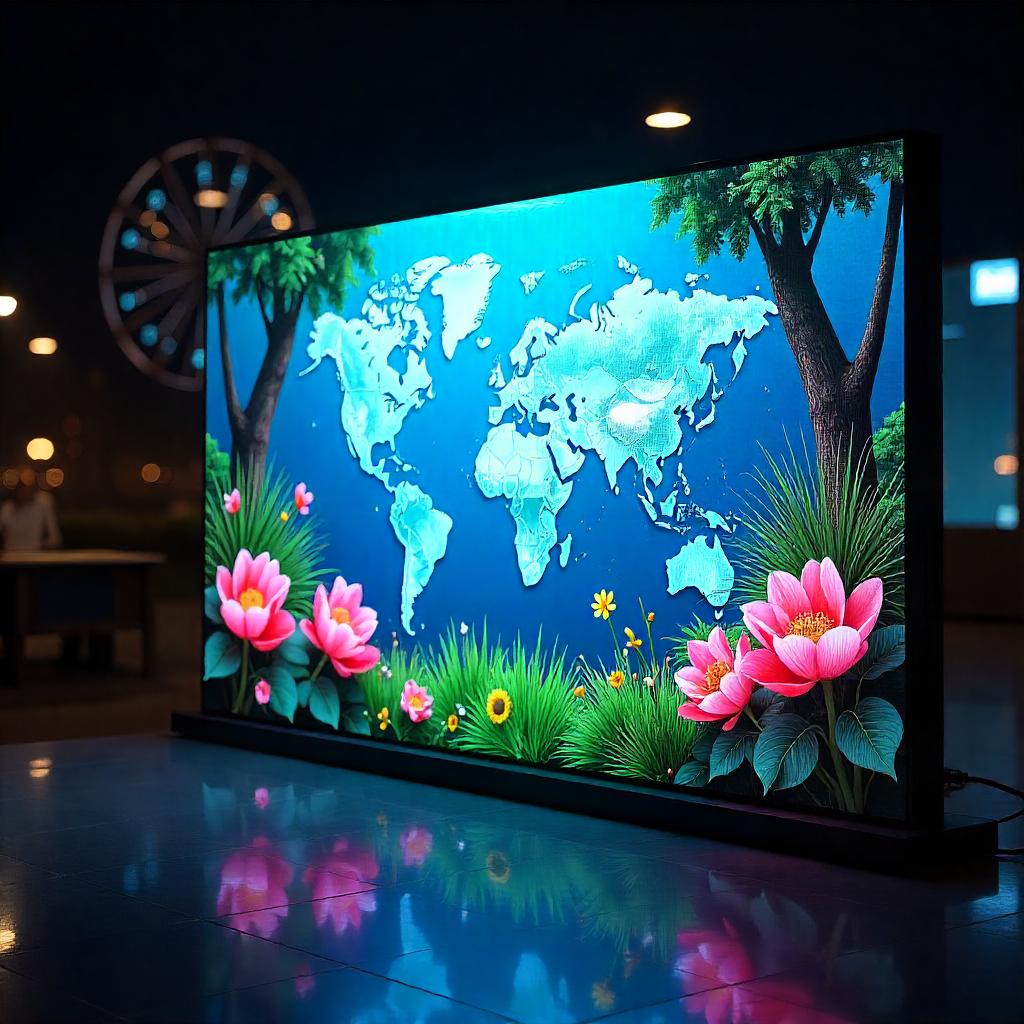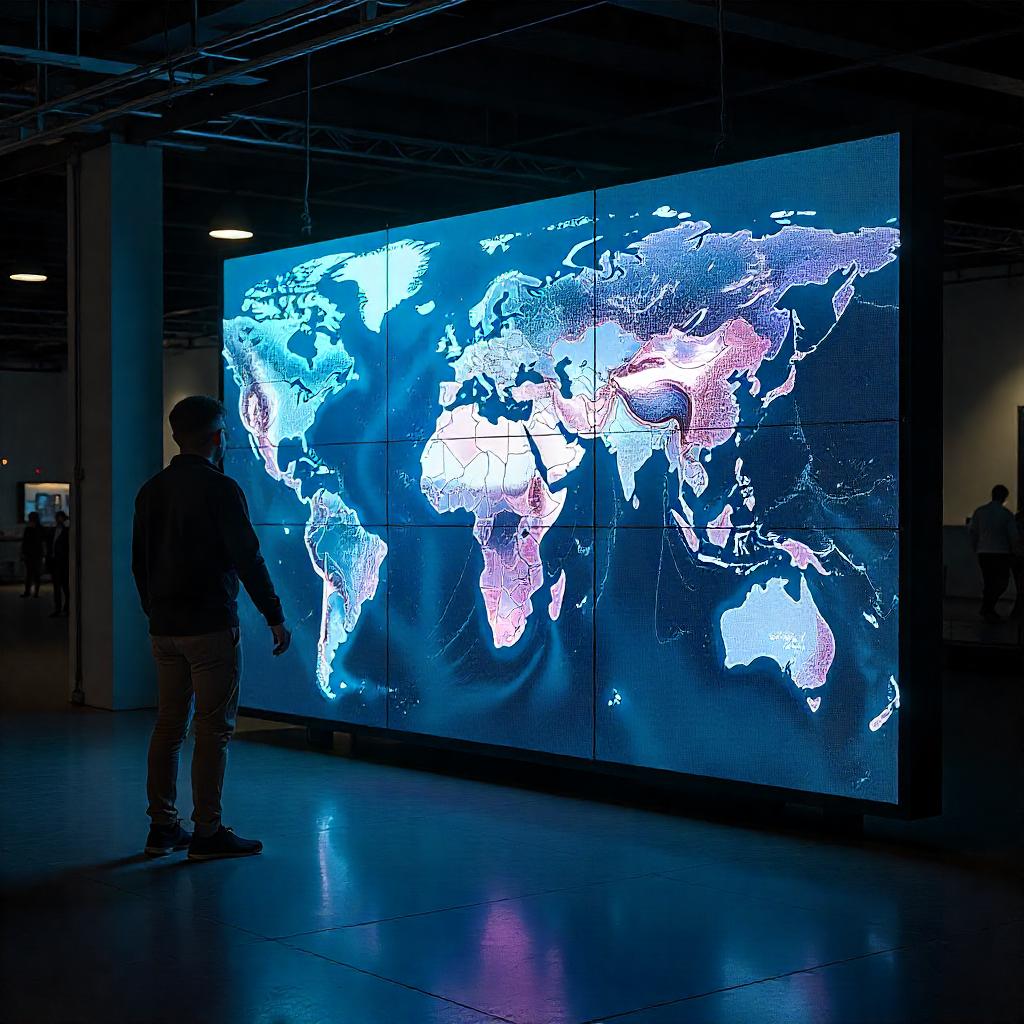- Home
- About Us
- Industries
- Agritech & Smart Farming
- Aquariums & Zoos
- Art & Cultural Exhibitions
- Automotive & Transportation
- Broadcasting & News
- Construction & Real Estate
- Corporate & Offices
- Cultural Heritage & Preservation
- Cybersecurity Operations
- Digital Content Creation & Media
- E-commerce & Online Retail
- Education
- Energy & Utilities
- Entertainment & Media
- Entertainment Arcades & Amusement
- Environmental Monitoring
- Event Management & Conferences
- Fashion & Apparel Retail
- Fashion Retail & E-commerce
- Finance & Banking
- Financial Trading & Stock Exchanges
- Fitness & Wellness
- Food & Beverage
- Food Processing & Manufacturing
- Gaming, Casinos, & Hospitality
- Government & Public Spaces
- Healthcare
- Hospitality & Event Venues
- Insurance
- Legal & Judicial
- Libraries & Community Centers
- Logistics & Supply Chain
- Luxury Cruise & Maritime
- Manufacturing & Industrial
- Meteorology & Climate Research
- Military & Defense
- Mining & Extraction
- Museums & Cultural Centers
- Non-Profit Organizations
- Oil & Gas Industry
- Professional Training & Development
- Public Health & Awareness
- Public Parks & Recreation Areas
- Public Safety & Law Enforcement
- Public Transportation
- Rehabilitation Centers
- Religious & Worship Spaces
- Renewable Energy
- Retail & Shopping Malls
- Retail Banking
- Security & Surveillance
- Social Media & Digital Marketing
- Sports & Stadiums
- Smart Cities & Urban Planning
- Supply Chain & Inventory
- Television & Film Production
- Travel & Hospitality
- FAQ
- Contact Us
- Home
- About Us
- Industries
- Agritech & Smart Farming
- Aquariums & Zoos
- Art & Cultural Exhibitions
- Automotive & Transportation
- Broadcasting & News
- Construction & Real Estate
- Corporate & Offices
- Cultural Heritage & Preservation
- Cybersecurity Operations
- Digital Content Creation & Media
- E-commerce & Online Retail
- Education
- Energy & Utilities
- Entertainment & Media
- Entertainment Arcades & Amusement
- Environmental Monitoring
- Event Management & Conferences
- Fashion & Apparel Retail
- Fashion Retail & E-commerce
- Finance & Banking
- Financial Trading & Stock Exchanges
- Fitness & Wellness
- Food & Beverage
- Food Processing & Manufacturing
- Gaming, Casinos, & Hospitality
- Government & Public Spaces
- Healthcare
- Hospitality & Event Venues
- Insurance
- Legal & Judicial
- Libraries & Community Centers
- Logistics & Supply Chain
- Luxury Cruise & Maritime
- Manufacturing & Industrial
- Meteorology & Climate Research
- Military & Defense
- Mining & Extraction
- Museums & Cultural Centers
- Non-Profit Organizations
- Oil & Gas Industry
- Professional Training & Development
- Public Health & Awareness
- Public Parks & Recreation Areas
- Public Safety & Law Enforcement
- Public Transportation
- Rehabilitation Centers
- Religious & Worship Spaces
- Renewable Energy
- Retail & Shopping Malls
- Retail Banking
- Security & Surveillance
- Social Media & Digital Marketing
- Sports & Stadiums
- Smart Cities & Urban Planning
- Supply Chain & Inventory
- Television & Film Production
- Travel & Hospitality
- FAQ
- Contact Us

Environmental Monitoring
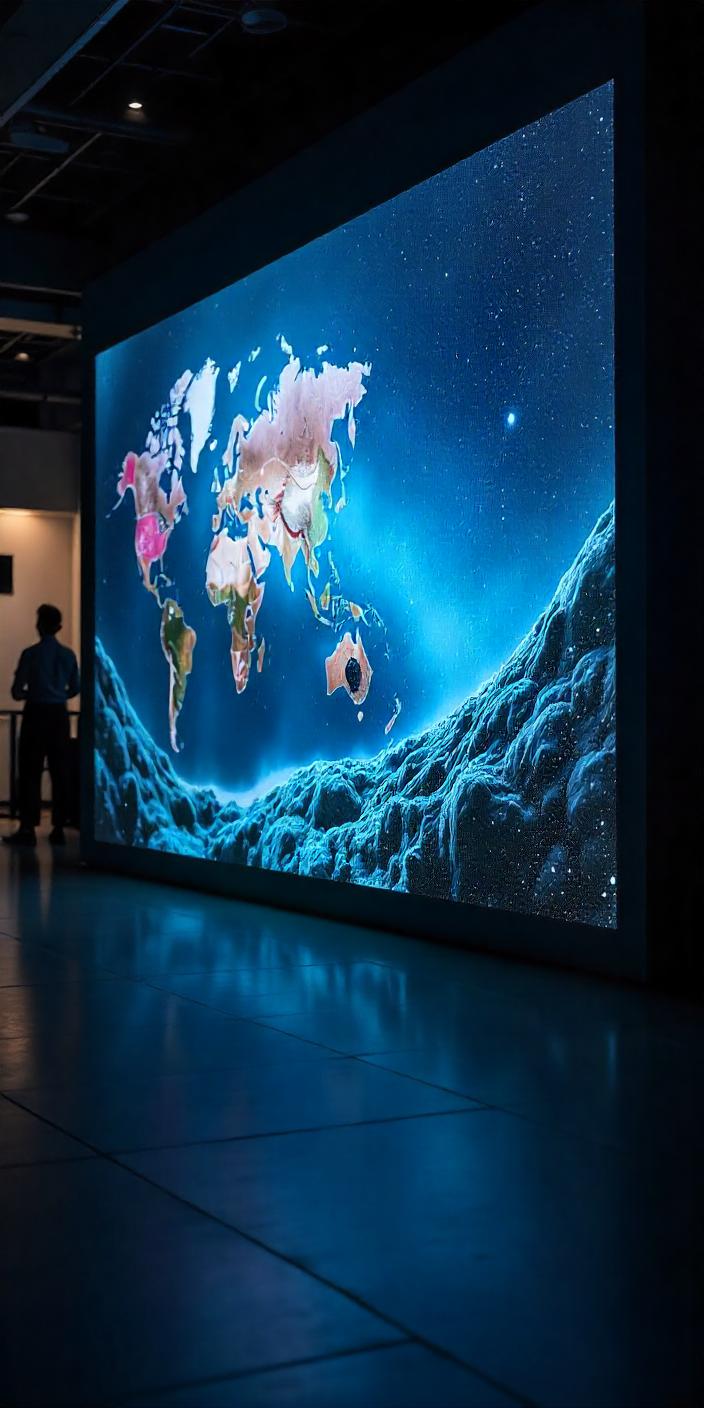
Uses Of Led Display For Environmental Monitoring
Active LED displays are increasingly being utilized in environmental monitoring and sustainability efforts, providing a dynamic platform to communicate real-time data, raise awareness, and drive sustainable practices. By integrating LED technology into environmental projects, companies, governments, and organizations can visually present important environmental metrics, foster sustainability education, and encourage community participation in eco-friendly actions.
Benefits of Active LED Displays in Environmental Monitoring and Sustainability
- Real-Time Data Display: LED screens allow for the live presentation of environmental data, such as air quality, energy consumption, water usage, and carbon emissions, making the information accessible and actionable for the public.
- Increased Public Awareness: By showcasing real-time environmental conditions, active LED displays help raise awareness about sustainability challenges, driving community involvement in environmental initiatives.
- Dynamic Messaging: LED displays are ideal for conveying messages that can change quickly and adapt to ongoing conditions, such as updates on pollution levels, conservation efforts, or green initiatives.
- Interactive Engagement: Active LED displays can engage audiences with interactive features, allowing users to learn more about environmental data, track progress toward sustainability goals, or participate in local eco-friendly campaigns.
- Sustainable Operations: In addition to displaying sustainability metrics, these displays can also contribute to energy savings, as LED technology is energy-efficient and has a long lifespan.
Applications of Active LED Displays in Environmental Monitoring and Sustainability
- Air Quality Monitoring
Purpose: To provide real-time data on air pollution levels and promote awareness of air quality issues.
Content Ideas:
- Pollution Metrics: Display air quality index (AQI) levels, particulate matter (PM) concentrations, and pollutant types (e.g., carbon monoxide, nitrogen dioxide).
- Health Alerts: Show real-time warnings or advisories when air quality is poor, encouraging individuals to take precautions.
- Pollution Reduction Tips: Offer suggestions for reducing emissions, such as using public transport, cycling, or reducing energy consumption.
- Energy Consumption and Efficiency
Purpose: To track and display energy usage data and encourage energy-saving behaviors.
Content Ideas:
- Real-Time Energy Usage: Show how much energy is being consumed by specific buildings, facilities, or regions, encouraging people to reduce consumption.
- Energy Saving Tips: Display recommendations for energy conservation, such as turning off lights when not in use or optimizing heating/cooling systems.
- Sustainable Practices: Showcase renewable energy contributions, such as solar or wind energy, and highlight their impact on reducing carbon footprints.
- Water Conservation and Management
Purpose: To monitor water usage and encourage sustainable water practices.
Content Ideas:
- Real-Time Water Usage: Show water consumption data for communities, buildings, or irrigation systems to help identify areas for reduction.
- Conservation Tips: Provide actionable advice on reducing water wastage, such as using low-flow fixtures, repairing leaks, or collecting rainwater.
- Water Conservation Challenges: Organize community challenges to reduce water usage, with live leaderboards displayed on the screens.
- Carbon Emissions and Climate Action
Purpose: To track and display emissions data, highlighting the impact of human activities on climate change.
Content Ideas:
- Carbon Emissions Monitoring: Show real-time data on carbon dioxide and methane emissions from industries, vehicles, and energy use.
- Climate Goals Progress: Display the progress toward local, national, or global climate action goals, such as reductions in greenhouse gas emissions.
- Call to Action: Use the displays to encourage actions like reducing car use, adopting electric vehicles, or supporting green energy sources.
- Wildlife Protection and Conservation
Purpose: To raise awareness about endangered species and conservation efforts.
Content Ideas:
- Endangered Species Information: Display facts about endangered species and their current status, highlighting conservation success stories.
- Eco-Friendly Practices: Promote practices that protect wildlife habitats, such as reducing plastic waste or supporting wildlife-friendly agricultural practices.
- Support for Wildlife Organizations: Use the displays to encourage donations or volunteer efforts for wildlife conservation projects.
- Waste Management and Recycling Initiatives
Purpose: To improve waste management practices and promote recycling efforts.
Content Ideas:
- Recycling Data: Display real-time statistics on local recycling efforts, such as the amount of waste diverted from landfills or the number of items recycled.
- Waste Reduction Tips: Offer suggestions for reducing waste, such as composting, recycling specific materials, or buying in bulk.
- Community Participation: Showcase community recycling achievements or run campaigns to encourage individuals and businesses to recycle more.
- Green Building and Sustainable Construction
Purpose: To highlight sustainable building practices and energy-efficient infrastructure.
Content Ideas:
- Building Sustainability Metrics: Show the energy efficiency rating, water usage, and sustainability achievements of a building or development project.
- LEED Certification Status: Display progress toward achieving or maintaining Leadership in Energy and Environmental Design (LEED) certification.
- Sustainable Design Features: Highlight features like solar panels, green roofs, or passive heating and cooling systems that contribute to sustainability.
- Environmental Education and Awareness Campaigns
Purpose: To inform and engage the public on environmental issues through educational displays.
Content Ideas:
- Environmental Facts and Figures: Use the screens to present interesting facts, infographics, or statistics about environmental challenges like climate change, biodiversity loss, or pollution.
- Sustainability Tips: Display tips on how individuals can reduce their environmental impact in daily life (e.g., reducing plastic use, choosing sustainable products).
- Event Promotion: Announce upcoming sustainability-focused events, such as tree planting campaigns, clean-up drives, or educational seminars.
- Green Transportation Initiatives
Purpose: To promote sustainable transport options and track related data.
Content Ideas:
- Electric Vehicle Charging Stations: Display the location and availability of EV charging stations in real time, encouraging the use of electric vehicles.
- Public Transportation Data: Show real-time updates for public transportation schedules, such as bus or train arrival times, promoting the use of eco-friendly transport options.
- Carpool and Ride-Sharing Promotions: Highlight carpooling initiatives and local ride-sharing options to reduce traffic congestion and emissions.
Features
- List Item
- List Item
- List Item
- List Item
Advantages
- List Item
- List Item
- List Item
- List Item
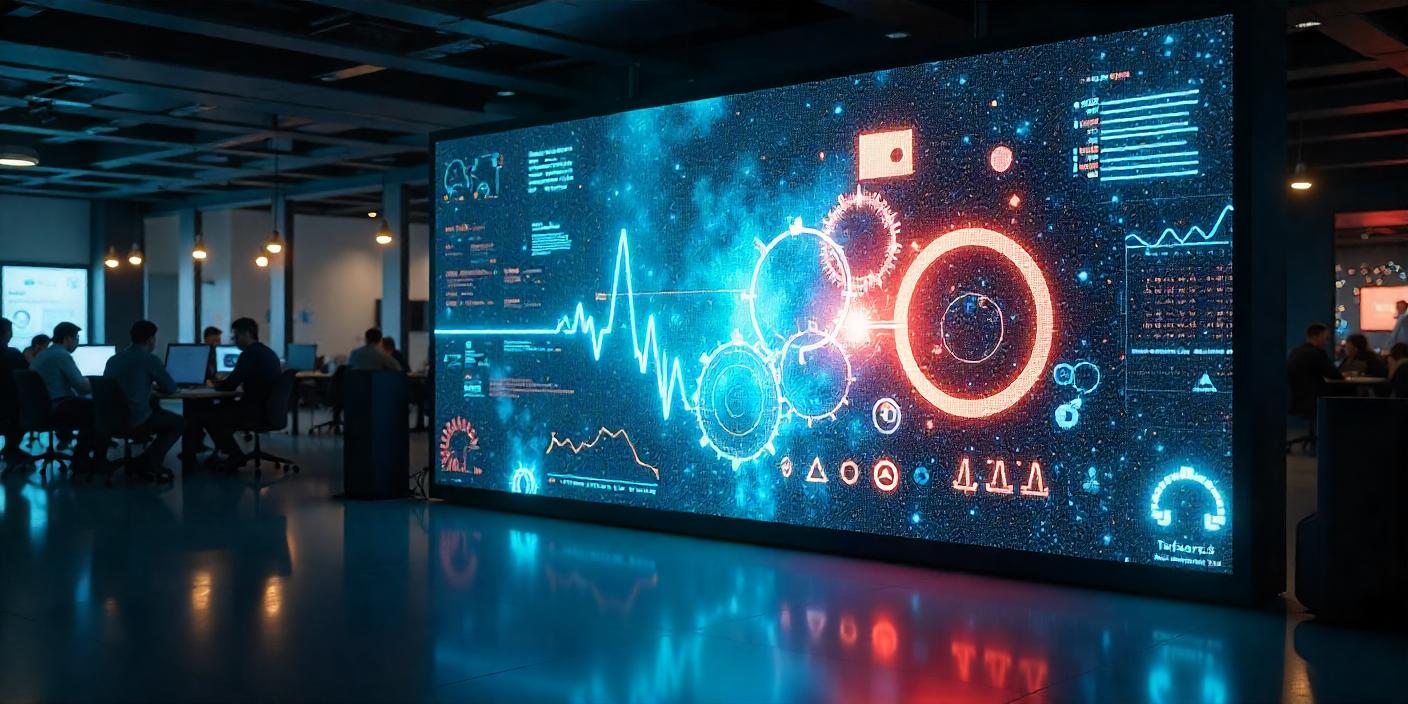
Placement Tips for LED Displays in Environmental Monitoring and Sustainability
- High-Traffic Areas: Place LED displays in public areas like city squares, parks, transportation hubs, and shopping malls to maximize visibility and engagement.
- Public Institutions: Install displays in government buildings, community centers, and environmental offices to reach community members and stakeholders interested in sustainability.
- Public Transportation Hubs: Position displays in train stations, bus terminals, and airports to provide sustainability-related information to travelers.
- Educational Institutions: Utilize LED screens in schools and universities to educate students on environmental issues and promote sustainable practices.
- Green Building Projects: Place screens in green buildings and eco-friendly developments to showcase sustainability efforts and educate visitors.
Conclusion
Active LED displays are powerful tools for environmental monitoring and promoting sustainability. By visually presenting real-time data, offering interactive features, and delivering educational content, these displays can engage communities in environmental protection efforts. Whether tracking air quality, promoting energy efficiency, or encouraging waste reduction, LED displays play a vital role in supporting a sustainable future and raising awareness about the importance of environmental stewardship.
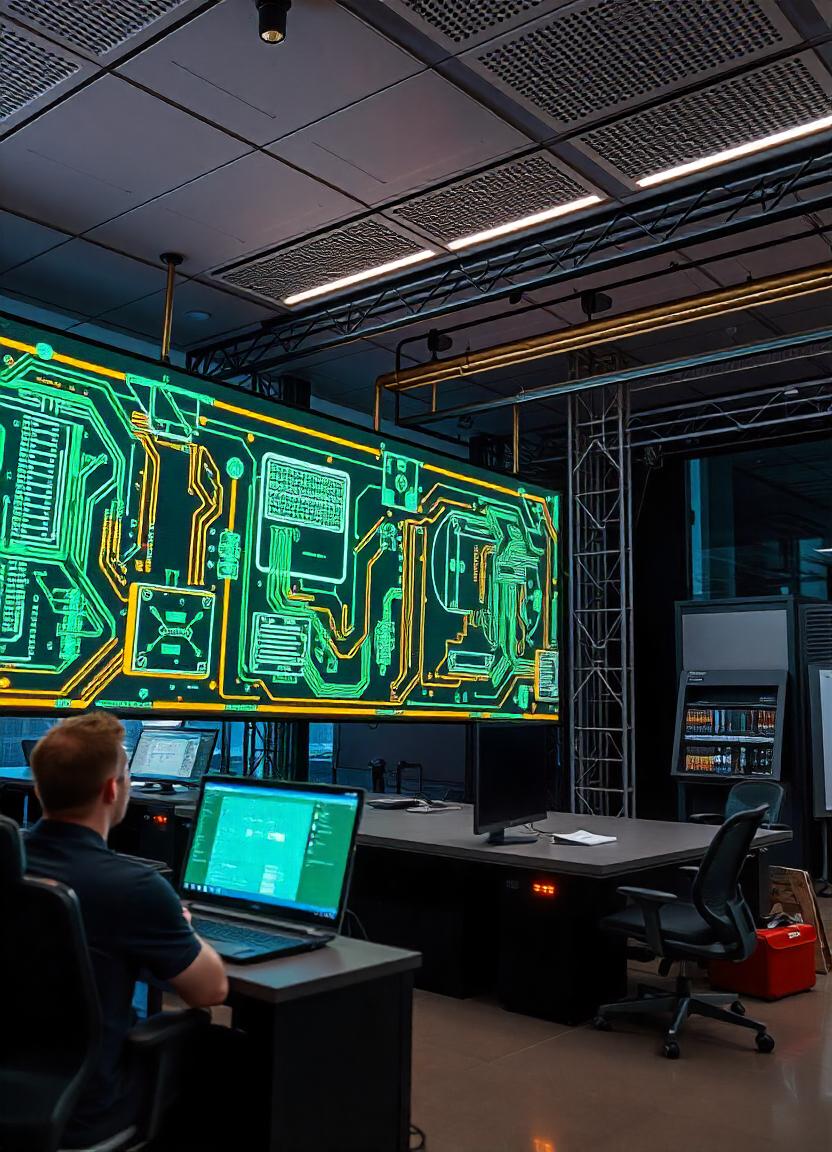
illuminits LED Walls?
Technology
There are three primary LED video wall technologies: ultra-narrow bezel LCD, rear-projection cubes, and direct-view LED displays. Ultra-narrow bezel LCD is the most cost-effective option.
Size
The great thing about illuminits video walls is that they are modular, so you can get them in any size or aspect ratio you want.
Support
The heavier the video wall system becomes, the more panels there are. This puts additional strain on the infrastructure that supports it. illuinits offers the best in-time assistance.
Service
Even high-definition video walls can have problems. This can be a minor or major issue. As a result, Aero provides a variety of comprehensive service packages that ensure minimal downtime at a low cost. Types Of LED Displays
